Body Oils vs. Body Lotions - The Moisturizing Guide You Need This Winter
Indian winters have this irresistible magic about them. The vibrant veggies, big bowls of warm homemade sweets (Gajar halwa stans, we see you!) and the fashion fiesta that encapsulates the entire season are things we are all too familiar with. So yeah, the winter unarguably has a lot going for it. BUT and this is a big one, we are not really huge fans of winter’s unkind friends that are like those relatives that refuse to leave once they visit. Dry, irritated skin, chapped lip, cracked heels, itchy flaky scalp and the dreaded dander that is more permanent than some species that survived the meteor.

When this wide array of dermatological issues comes to visit us, you know we are in a hurry to wave them a long goodbye! Because let’s be honest, who really has the time to deal with them, especially with all the amazing skincare options available to us. One really should not have to spend days, even weeks to get soft and supple skin. In this holy grail guide to beautiful skin, we look at two of the most popular formulations of moisturising products: body oils and body lotions.
These two products may be sisters but they are certainly not twins. While the purpose is to keep the moisture of your skin in check and dryness at bay, they actually have more distinctions than you may think of. Explore the guide to understand what works for you better and be your skin’s saviour.
What is the big difference?
Before settling for one product or the other, we must understand, no oil or lotion can be a “cure-it-all” even if it is marketed that way. Between body oils and body lotions, there are several differences such as density, formulation and viscoelastic properties. The way they are applied and react to your skin also differs largely.
Formulation
A body lotion consists of approximately 70% water, 15% liquid oil, 3% humectant all combined with 7% emulsifiers, to which additional ingredients such as thickeners, fragrance and colour may be added. The typical formulation of a body oil assumes an approximate value of 70% of oil 1 i.e. the main base or carrier oil, 23% of oil 2 i.e. the supporting base for added benefits, 5% of antioxidants and 2 % of essential oils (according to their dermal limit).
Target concerns
Lotions are often formulated with the purpose of keeping skin hydrated as their primary ingredient is water. They additionally are able to target specific skin concerns since they’re meant for the top-most layers of the epidermis. As a result, lotions may be suited for people dealing with topical issues such as itching spurts, frequent rashes, flaking of the skin or abrupt dry patches.
Oils, on the other hand, lean towards moisturization as they lock in moisture.
Ingredients
While lotions are formulated with preservatives giving them a much-needed longer shelf-life, the richest body oils are made from plants, nuts, fruits, flowers, and leaves and are thus natural and free of chemicals.
Dermal absorption and penetrability
When we look at the layers of the human skin, the outermost layer i.e the epidermis is about 83,700 nm (nanometers). The molecule of any preferred skincare product should be 1 nm or smaller to be able to travel through these layers. The human skin is relatively permeable to fat-soluble substances (oils) and relatively impermeable to water-soluble substances (lotions). Both, rate of circulation and the warmth of the skin increase blood flow to the surface, therefore increasing the skin’s ability to absorb the product. This suggests that oils are likely to absorb better into one’s skin and penetrate deeper since one would massage their skin more, thereby increasing the rate of circulation and the oil would be warmer as compared to water-based lotions.
Moisture barriers
the structure of many plant-derived oils closely resembles the natural lipids in human skin which helps repair the outermost layers of our skin and reregulates our skin moisture barriers, in turn controlling excess sebum production. While oils do an excellent job of maintaining our skin’s natural protective layer, lotions tend to sit on top of our skin and may not be as suitable for people with skin prone to dryness.
Why are body oils so great?
- Body oils last a very long time: You only need a few drops to fully moisturize your body and keep it supple all day long which means you spend less than you would if you invested in light moisturizers or lotions.
- Oils are cleaner: During production, their formulation is fairly simple as they are devoid of questionable ingredients or fancy additives that may irritate one’s skin.
- Oils can be considered a multi-purpose beauty product: Using the same oil to moisturise your face and body as well as freshen up the dry tips of your hair saves time, money, energy and also takes away the need to invest in a hair serum while still making it smell divine. (Waving the elaborate wellness routine goodbye!)

Ways to use body oils
- Heat a small portion of your oil and apply where desired before bedtime. Wear warm clothes and enjoy a calming and relaxing sleep.
- Apply your oil after a long therapeutic shower. Pat your skin partially dry to maximize the moisture gained from your shower. Applying oil afterwards will lock in the moisture and keep your body soft the whole day.
- Add a few drops of your body oil to your body cream. Mixing a small amount of oil with some of your lotion can be the perfect concoction for your skin as sometimes oils may just be too greasy and lotions may not be nourishing enough.
Please note these products involve heavy chemistry so be mindful of the ingredients used in your oil and lotion, understand how they may react to each other and only then mix them in a limited quantity right before application.
Ingredients to look out for in body oils
When choosing a body oil, it is very important to keep in mind what kinds of oils are being used during the formulation and if other ingredients are what your body requires.
- The primary carrier oil should be a milder, all-rounder sort of oil that suits most skin types and is used commonly. Some popular carrier oils are avocado oil, coconut oil, almond oil and even extra virgin olive oil. The primary focus of these oils is to moisturize and nourish one’s skin and they vary in their speeds of absorption.
- The secondary carrier oil should be one that specifically caters to your skin type. It should have properties that you know will help your skin. Some of these may include jojoba oil (makes skin supple), sesame oil (soothes and softens skin), rosehip seed oil (heals scars and helps with wrinkles), argan oil (has anti-aging properties), etc.
- Then one must make sure that the anti-oxidants found in your body are safe for the skin on an everyday usage basis. A great example would be to choose oils that have Vitamin E or Vitamin C.
- When it comes to essential oils in your body oil, you must be extremely careful with the concentration of said oil since essential oils are a lot more potent than average oils and can cause serious harm to the skin if their concentration is higher than what is dermatologically recommended. Some popular essential oils most commonly used in body oils are orange (tones and refreshes), lavender (soothes and relaxes), and chamomile (calms and rejuvenates).
- One very crucial thing to do before investing in a body oil is to check if you are allergic to any of the ingredients. And if you are unsure and happen to have sensitive skin, do your research on what ingredients people with sensitive skin should avoid.
Body oil mistakes to avoid
- Avoid using heavier oils on humid days. Having a layer of a thicker type of oil on your skin will make you sweat a lot and will be an unpleasant experience.
- Ditch the oil if you’re going to be exposed to direct sunlight and haven’t layered sunscreen on top. Certain oils can speed up the process of sunburn, especially if you have not applied a fair amount of sunscreen.
Reasons body oils may not be for you
- Sticky, greasy feeling: Oils are extremely hydrating, but that hydration comes at the cost of the feeling of greasiness. While lotions just sink right into the skin, oils take their sweet time which can be inconvenient for people who are in a hurry.
- Staining Clothes: Much like edible oils and fat in our food, body oils also have a tendency of staining clothes if the clothes are worn in a rush without giving the oil proper time to penetrate the skin.
- They aren’t the best product for people with sensitive skin. While a majority of their composition is a carrier oil which is rarely are an irritation-causing agent but essential oils are a lot more potent than the average nourishing oil and can be difficult to deal with if one has sensitive i.e. easily irritable skin.
How to store body oils and increase their shelf-life?
Contrary to the popular belief, oils also go bad and become unusable once time catches up to them. The primary causes that lead to body oils expiring may be exposure to air and sunlight. When exposed to air, a chemical reaction called “oxidation” occurs in oils which makes them lose their potency. The rate of oxidation only increases when oils are exposed to sunlight and high temperatures. This is why the back labels of products often state for them to be stored in cool, dark and dry places.
You can increase the shelf-life of your body oils by buying smaller bottles since they are easier to store and likely to be used up long before they expire. Another way to prevent your body oil from going bad is to stick it in the fridge as refrigerating it dramatically reduces its exposure to air and the colder temperature does a good job of preserving it longer.
Why are body lotions so great?
- Lotions are lightweight and more comfortable. Easier to wear underneath makeup without sweating or getting oily.
- Lotions are easier to carry/handle and often come in leak-proof, airtight bottles/tubes which is travel-friendly and perfect for people who want healthy skin on the go.
- Lotions often contain ingredients that are beneficial to the skin with prolonged use and may have anti-aging properties that help with slowing the onset of wrinkles and maintaining the elasticity of one’s skin.
- Lotions tend to suit more skin types and are more versatile. People have a generally easier time finding a lotion for their skin issues that also suits their preferences. That same liberty is harder to extend to body oils.

Ways to use body lotions
- After bathing - one of the best times to use body lotion is right after taking a bath. The human skin obviously has the most moisture when it’s wet. Using a lotion on wet skin will help seal in this moisture and keep it soft and supple for longer.
- Before physical activity - If you’re fond of exercising outdoors, using lotion right before you step out into the cold and dry air will prevent you from losing too much moisture post-workout.
- After shaving - Shaving not only gets rid of unwanted hair but also the top-most layer of skin cells. Applying lotion to newly shaved areas help the vulnerable skin be protected from dryness and also soothes any razor irritation caused.
Ingredients to look out for in body lotions
Cosmetic companies advertise their products to be clean and beneficial without ever focusing on the potentially harmful ingredients they use. While figuring out what works for you, you must be vigilant and look at the ingredients of a product and the purpose they serve to avoid negative effects in the long term.
Following are potentially harmful ingredients often found in body lotions: -
- Artificial fragrances: Nice smelling products surely make the experience of using them more pleasant but this scent is almost always artificial. Products with perfume are essentially toxic mixtures of unnecessary chemicals. Synthetic fragrances can be toxic to organs. They also emit harmful VOCs, which pollute indoor air quality and can of causing respiratory allergies and asthma.
- Parabens: found practically in all popular commercial body lotions (unless advertised otherwise) as they prevent the growth of bacteria and fungus but have also been linked to hormonal disruption as well as breast cancer. A safer way to use lotions is to go organic and choose products with ingredients like citric acid and vitamin E which also help in keeping cosmetics fungus-free, just for not as long.
And here is a list of good, clinically respected ingredients that do wonders for your skin: -
- Glycerin and hyaluronic acid: They are both humectants and draw moisture to the skin. Products with a good concentration of glycerin or hyaluronic acid hydrate the skin appropriately. These ingredients have been popular in cosmetic isles all over the world. Dermatologists, aestheticians, and makeup artists love them alike as they usually aren’t irritation-causing agents.
- Petrolatum: famously known as petroleum jelly, behaves like an occlusive barrier in lotions and helps in reducing the amount of moisture your skin loses. It is not the best suited for people with oily skin as it can be comedogenic but is an essential for those with dry skin.

Body lotion mistakes to avoid
- Not applying enough: People when using lotion often underestimate how much they need. Using it less than what your skin needs is as good as not using it at all. Generous application all over the body is the key to proper, long-lasting hydration.
- Not knowing your skin type: The temptation to buy a product because of the way it is advertised is strong but no matter how good it may be for someone else, if it doesn’t suit your skin type, it won’t work for you. Spend some time identifying the needs of your skin, the kind of tone and texture it has and what needs to be introduced to it to make it healthy.
- Assuming organic and natural is always better: People with sensitive skin often find themselves liking products labelled natural and organic a lot more than industrial cosmetics. While natural ingredients are less prone to hurting you, it does not necessarily mean that they are good for your skin. Look for ingredients your skin needs whilst choosing lotions. To avoid worrying about skin-sensitivities, it’s best to look for hydrating, hypoallergenic products with fewer unnecessary ingredients.
Reasons lotions may not be for you
Mass-produced lotions, loaded with chemicals can cause serious allergic reactions especially since people have a hard time identifying what ingredients they are allergic to.
- Lotions being thicker in consistency are not the safest pick for the summers as they tend to get greasy and can be uncomfortable in humid weather.
The correct order when using both?
People often think different moisturizing products and their purposes are mutually exclusive. That, however, is not the case. Oils and lotions can sometimes be mixed, as explained previously and they can also be layered. We’ve discussed the viscosity and formulations of both body oils and body lotions. It’s clear that the former is thicker and more nourishing, while the latter is more lightweight and hydrating. If a body oil is used prior to the lotion, it will not allow the lotion to penetrate the epidermis and proceed with its function. Hence, if you’re looking to layer these two products and receive both their benefits for your skin, using the lotion first, followed by your body oil is the way to go.
Final takeaway
Lotion or oil, neither is better or worse than the other. Both have a similar purpose but varying functions. So, it really comes down to the preference of the individual and time. It is recommended to have both in combinations that suit your skin.


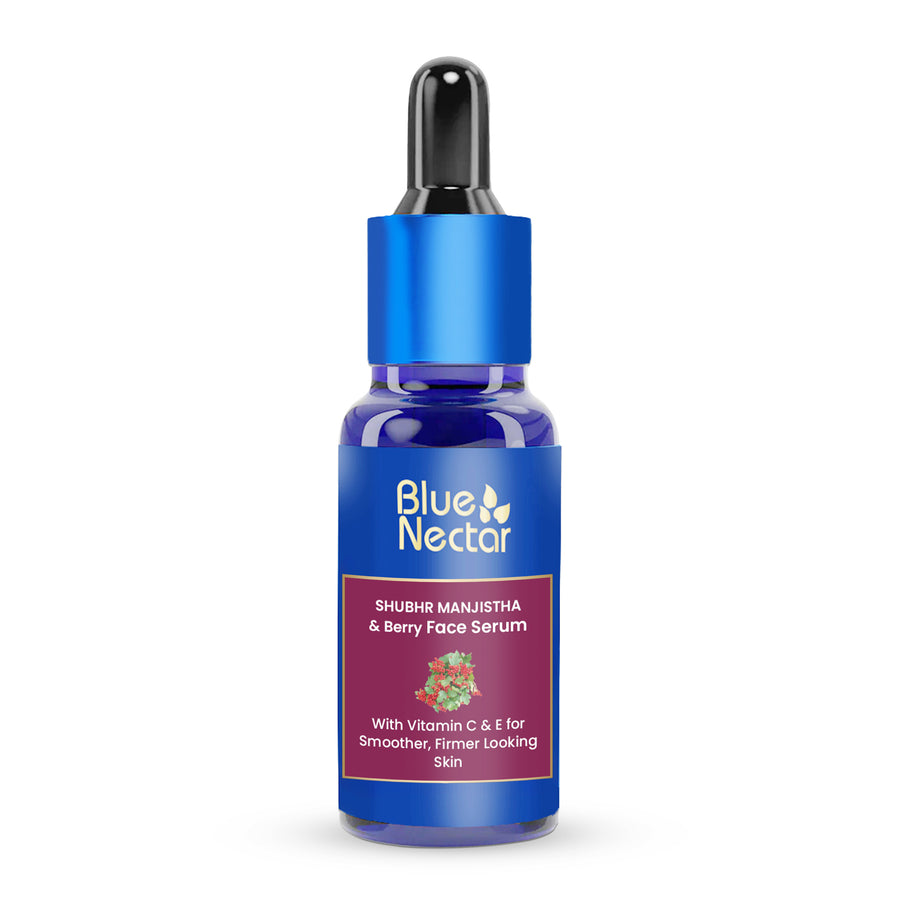
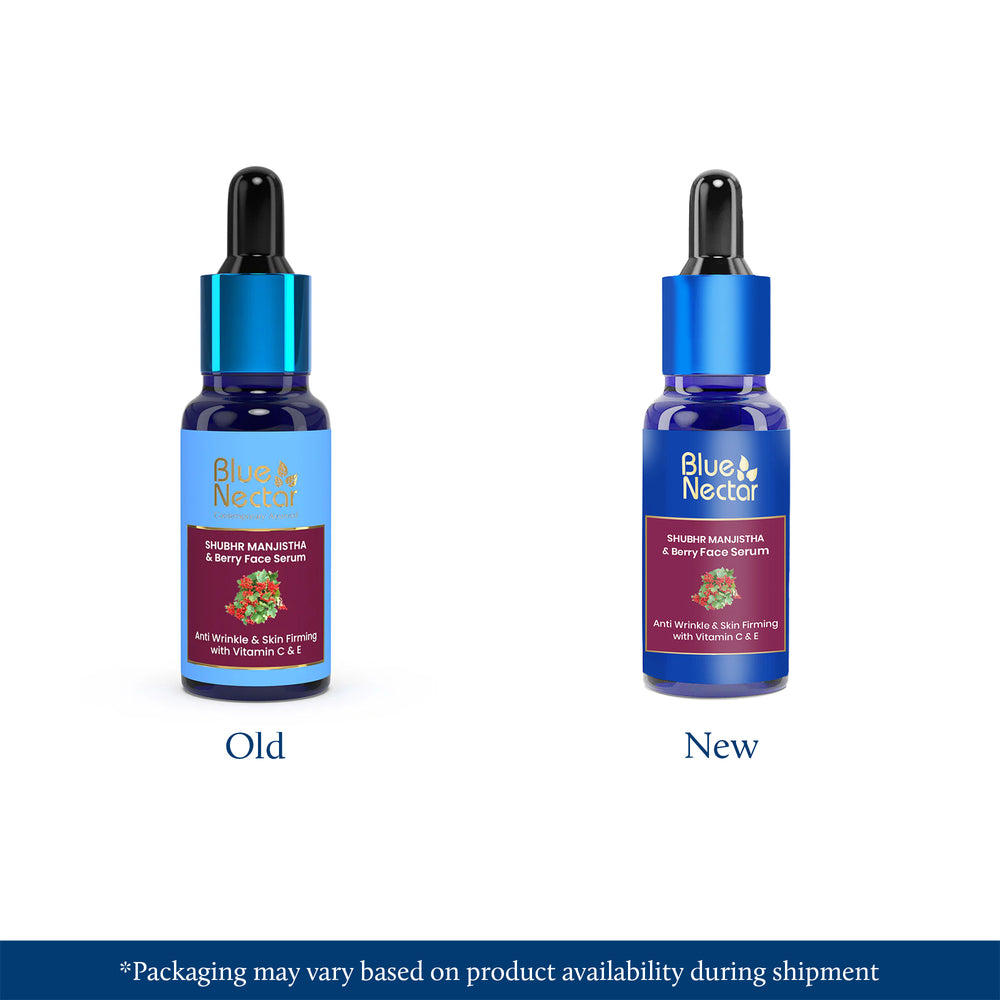
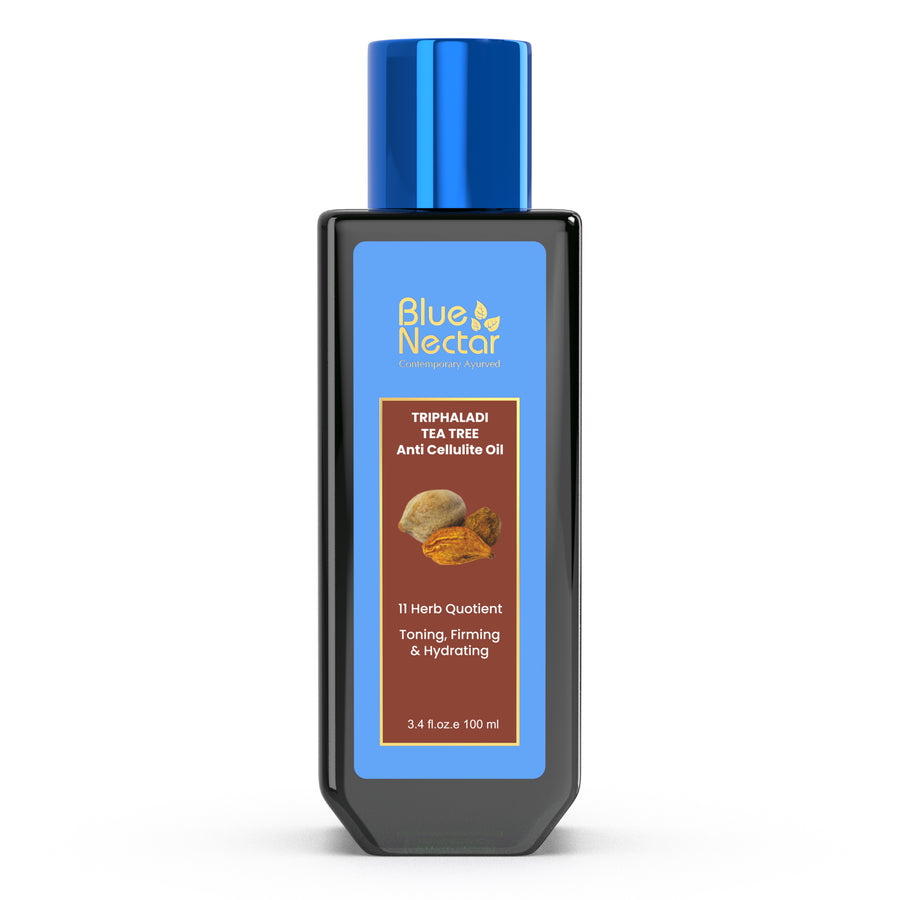
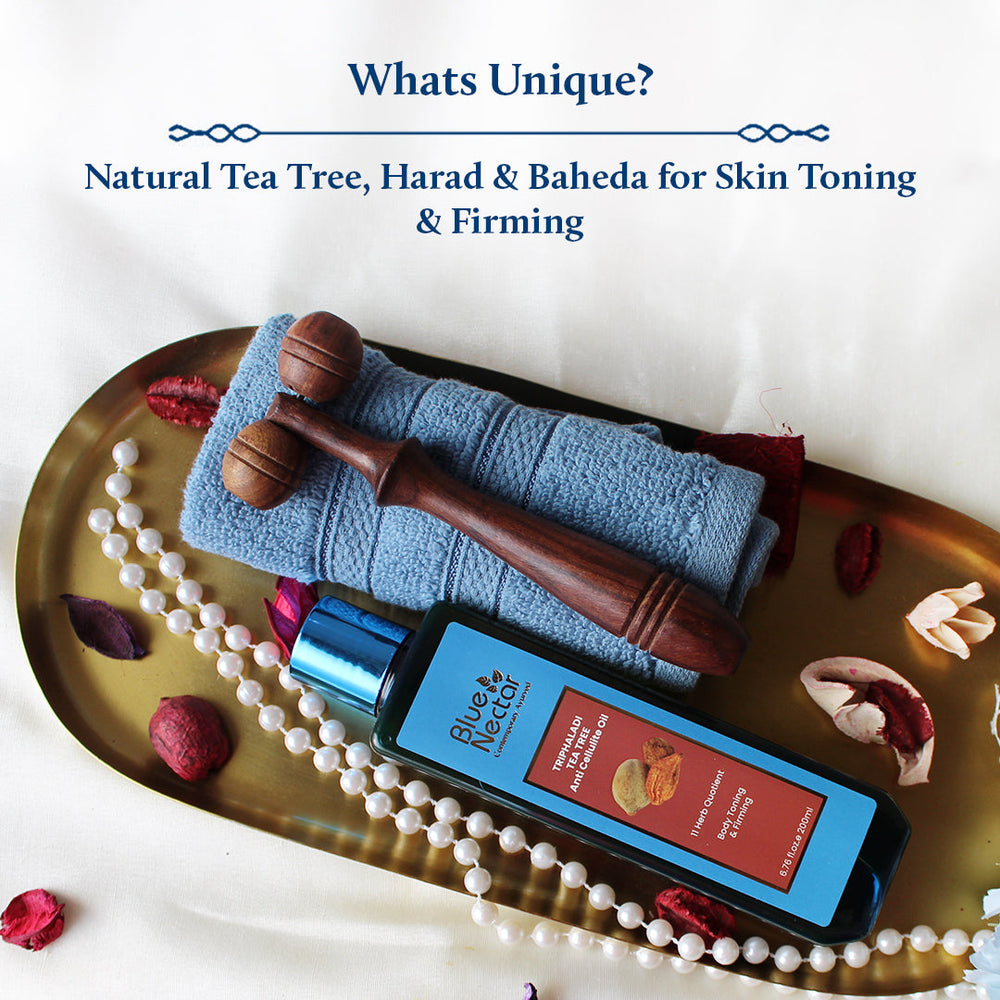
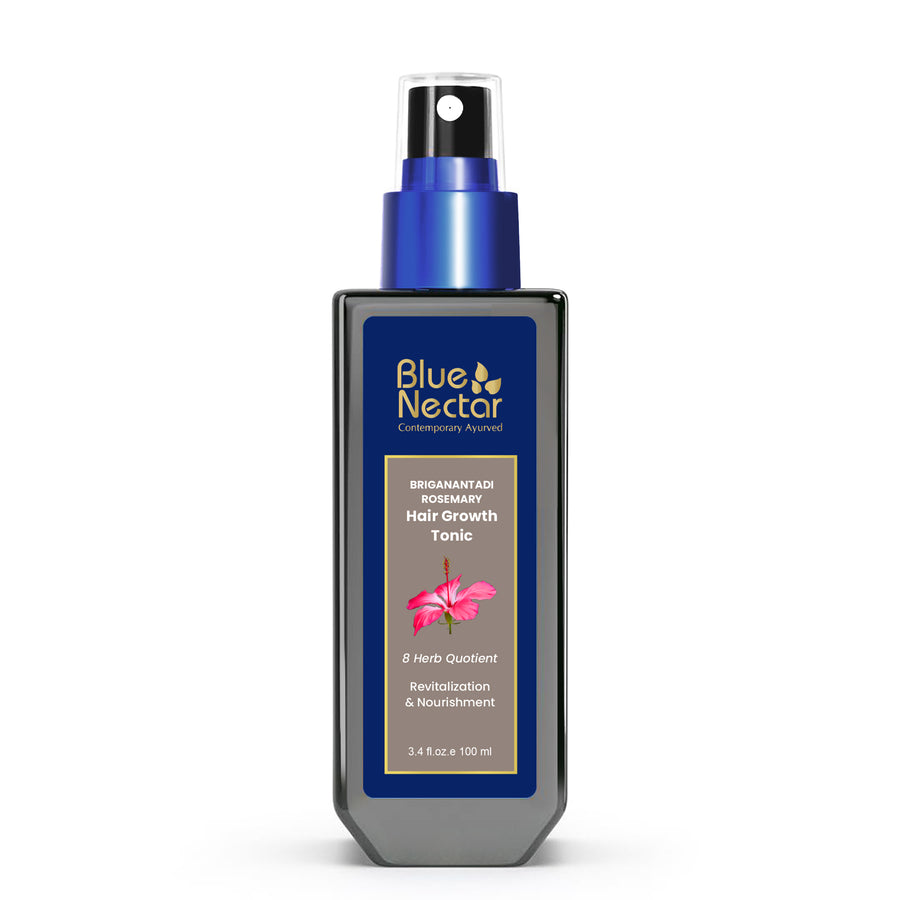
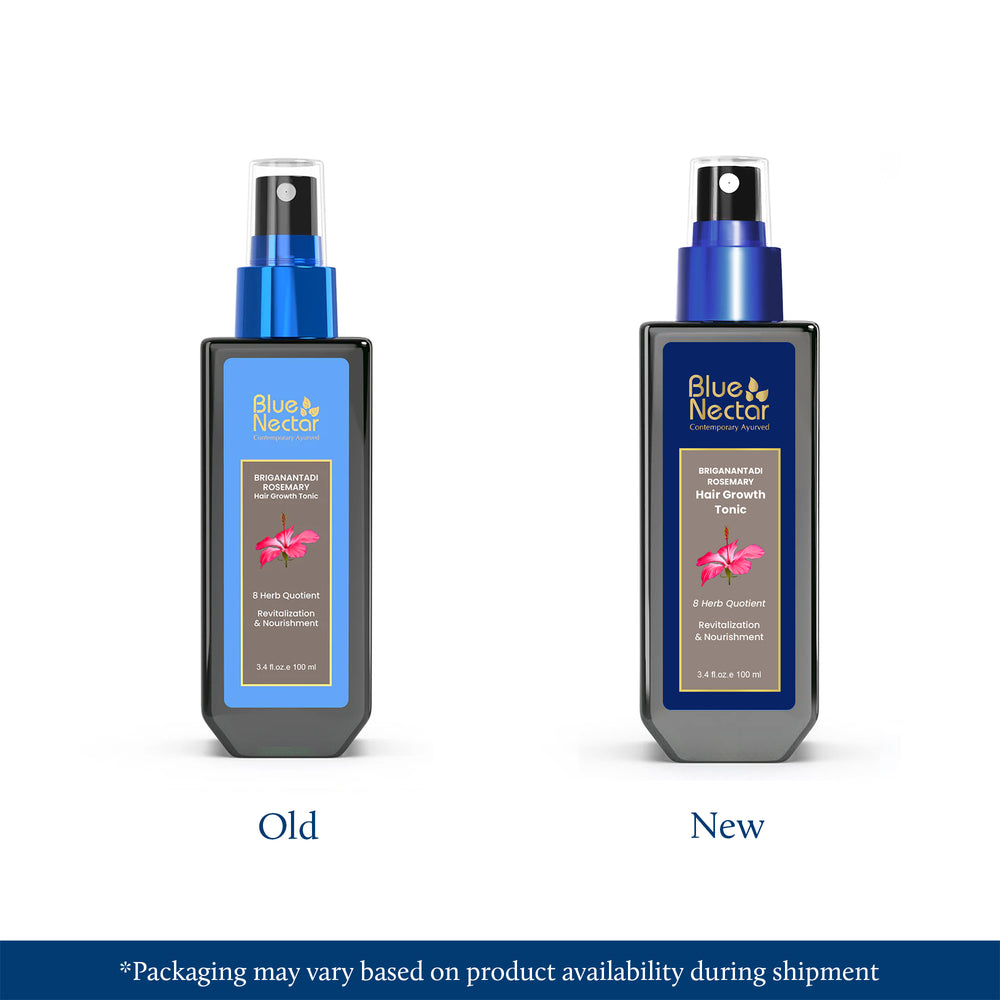
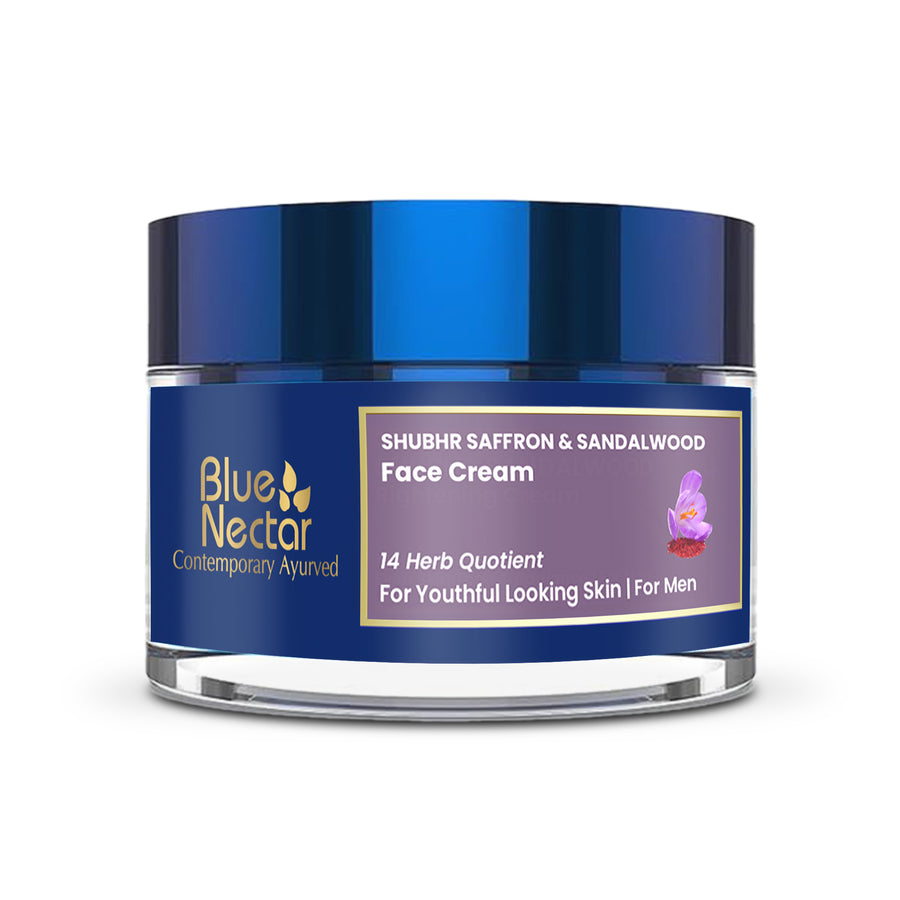
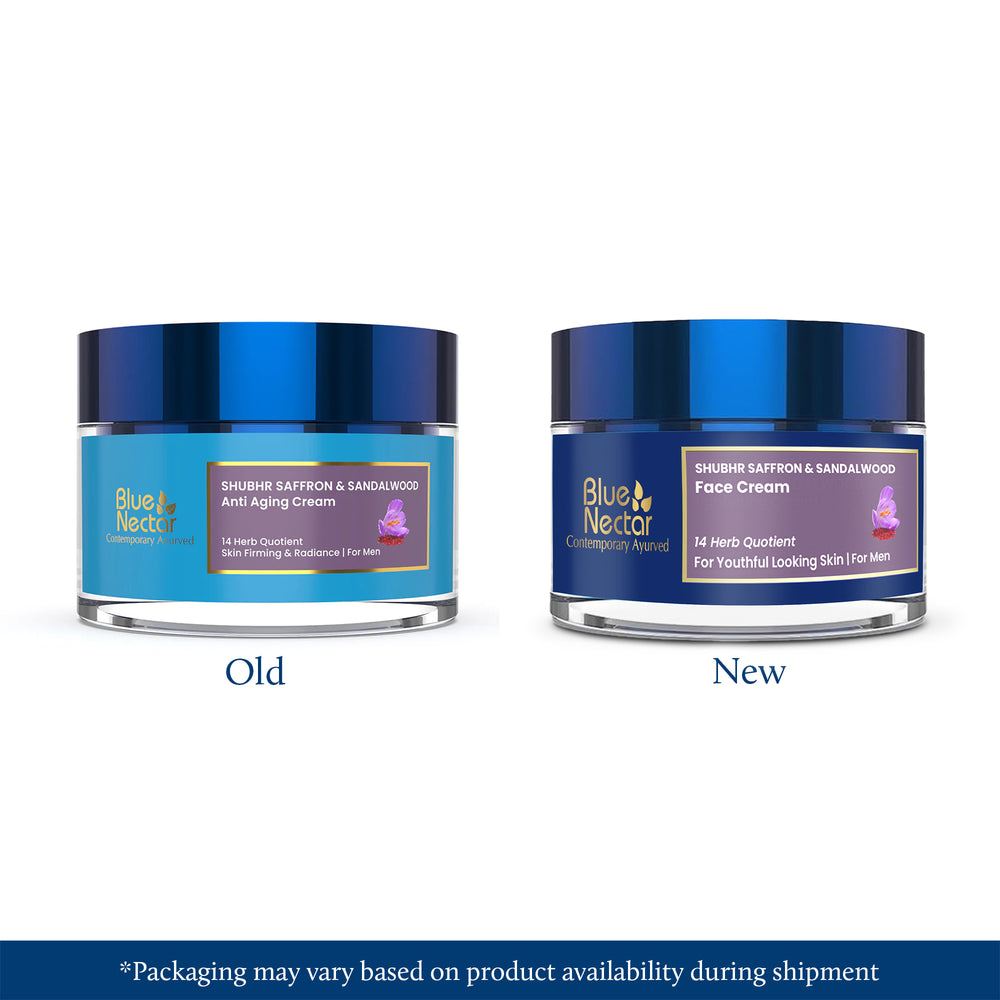
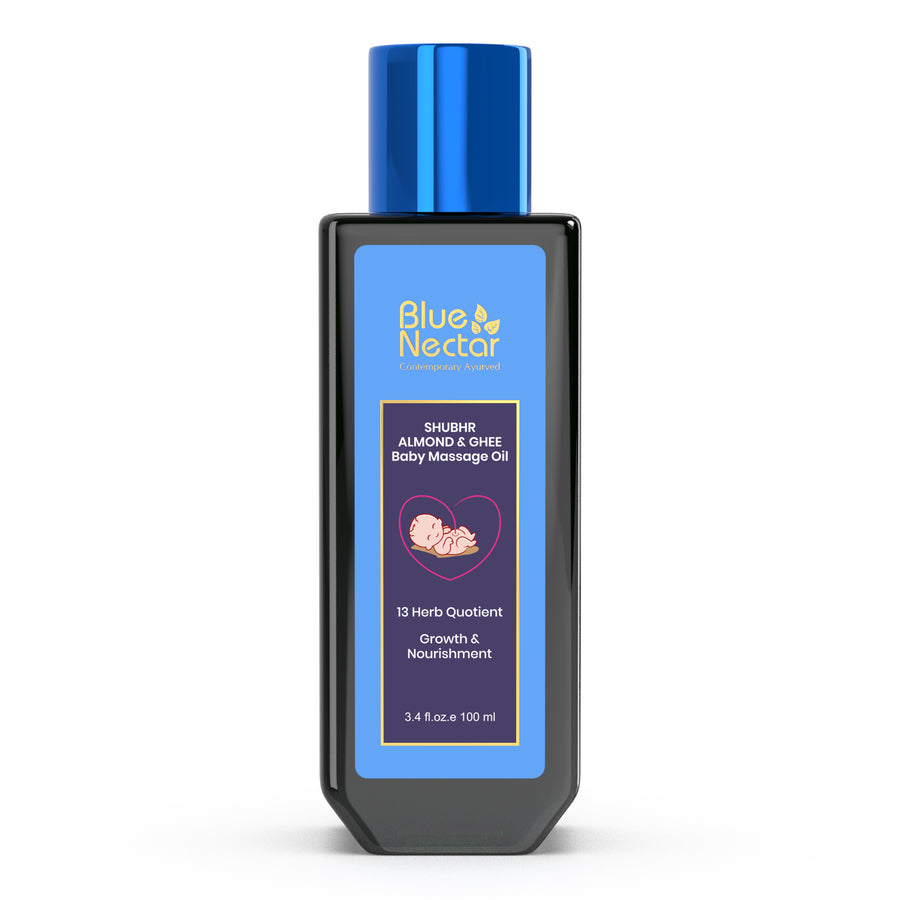
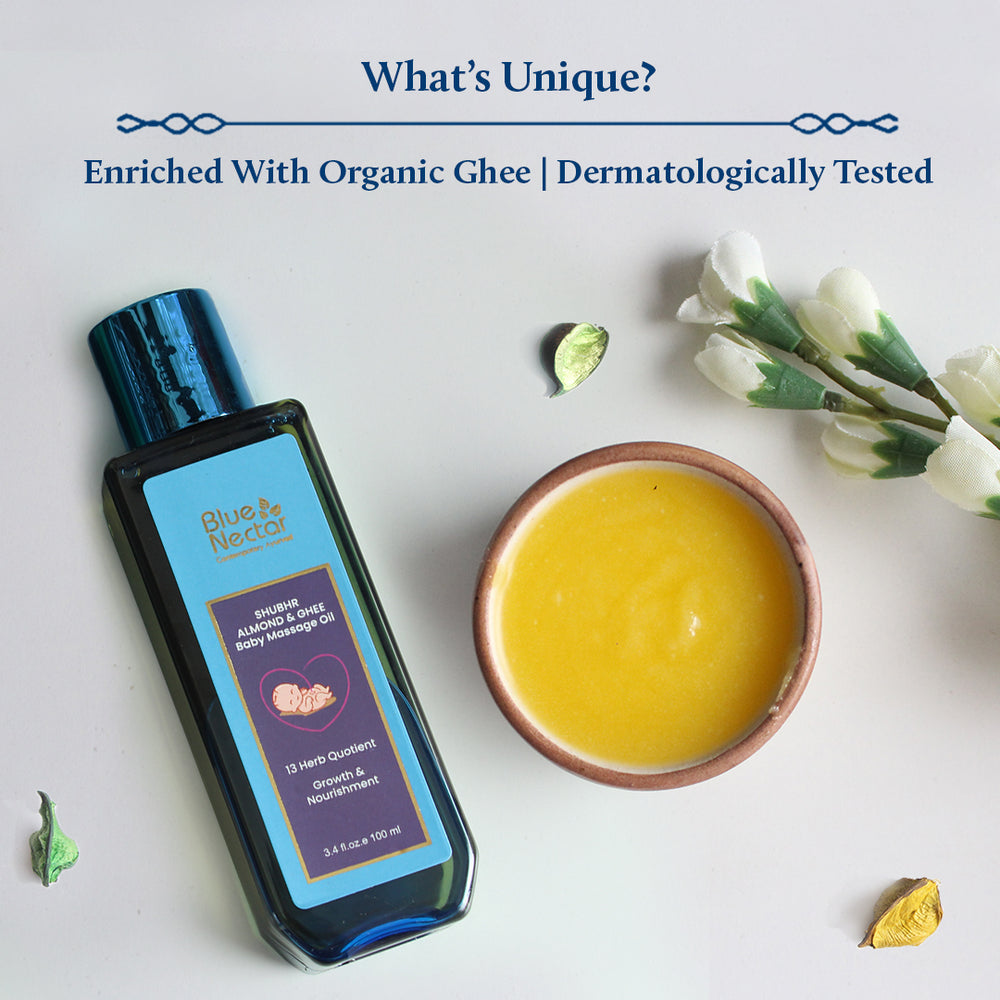
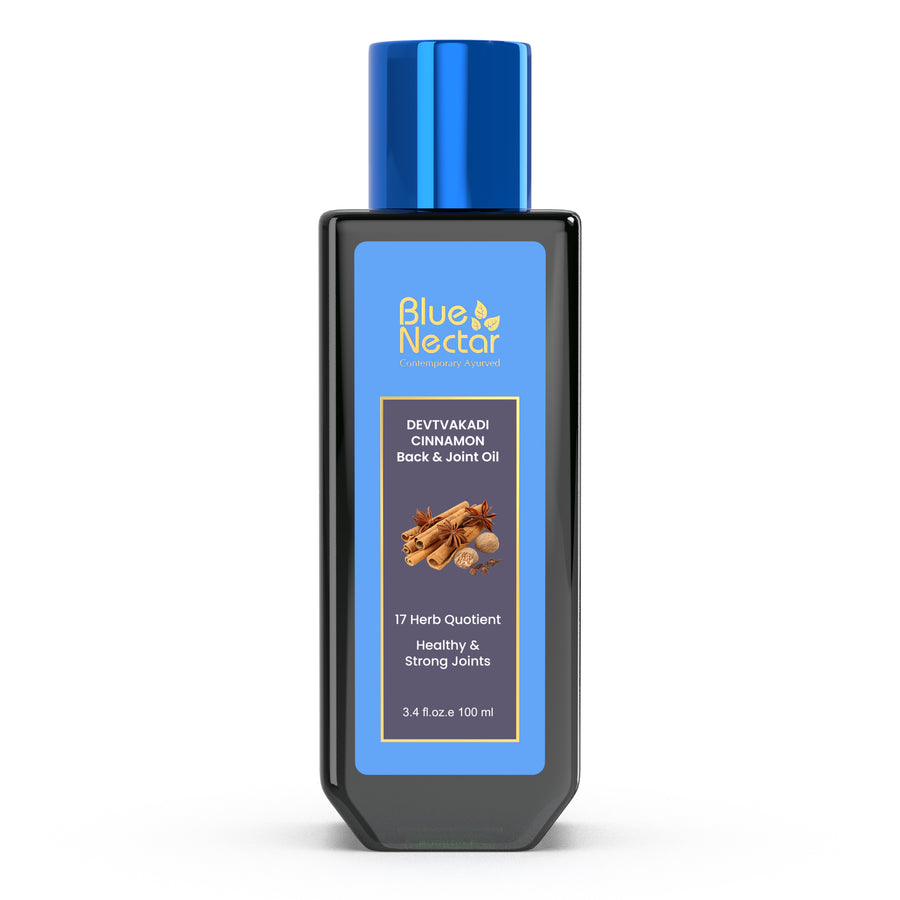
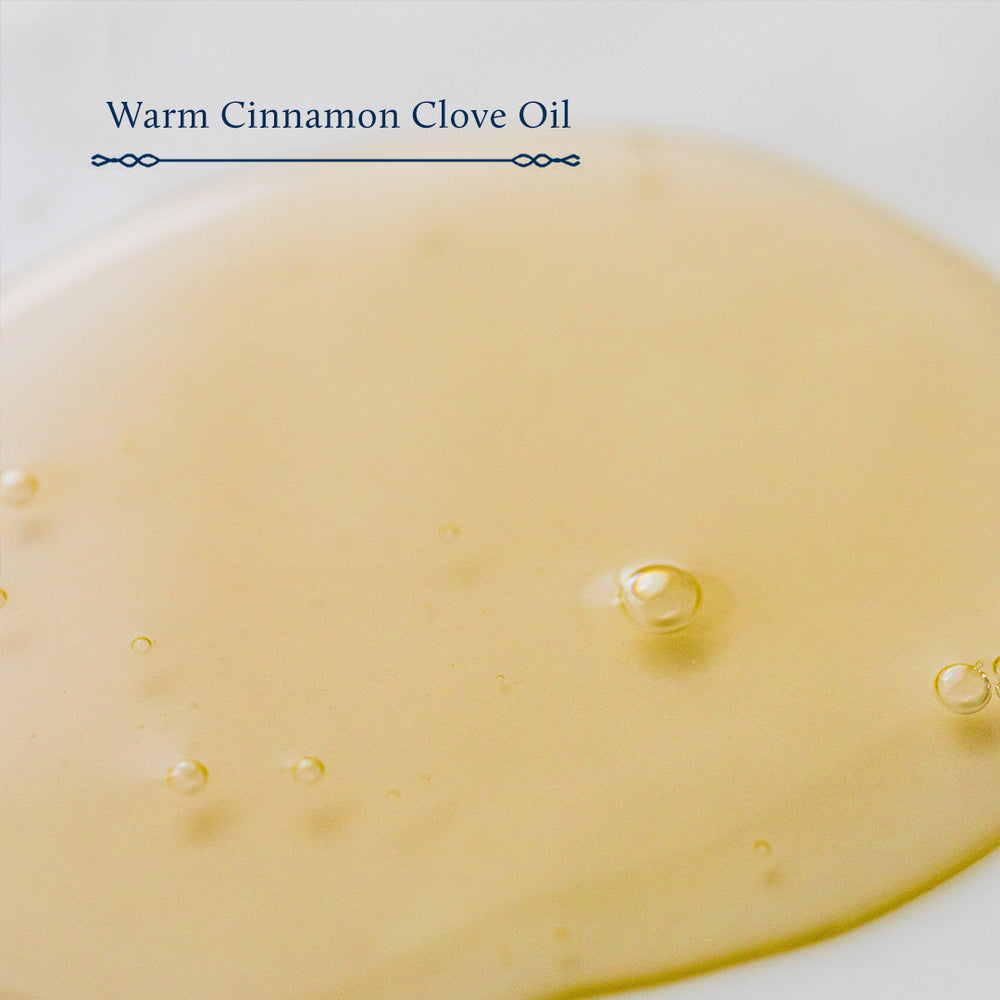
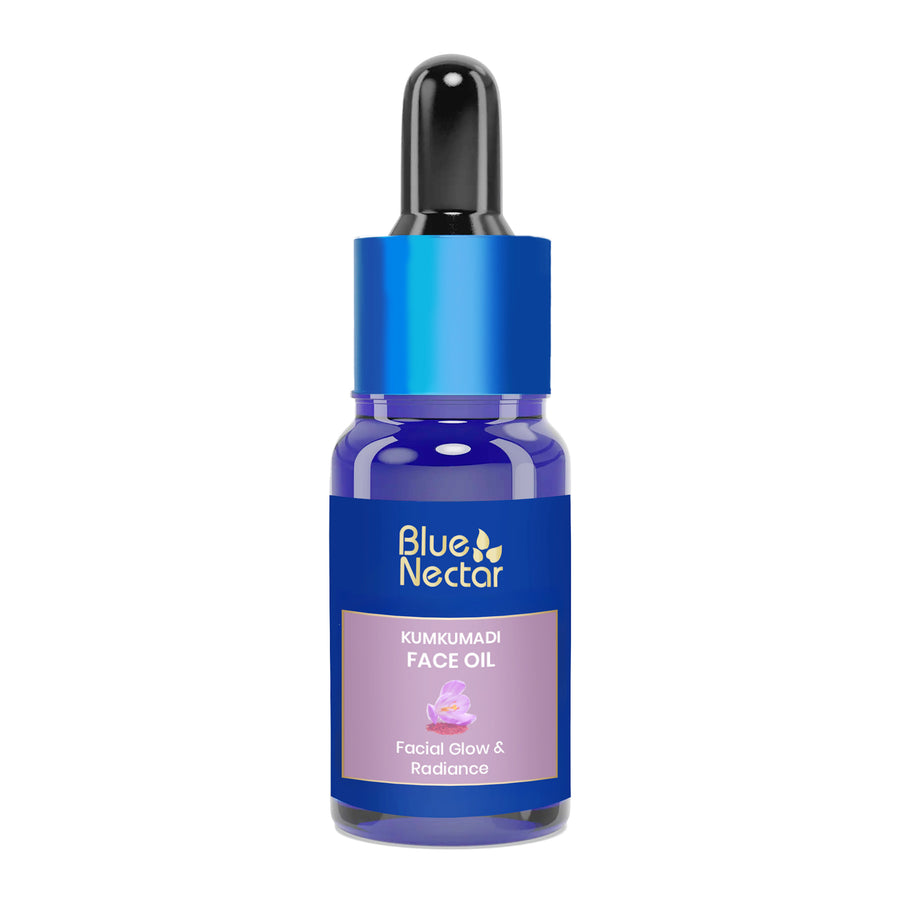
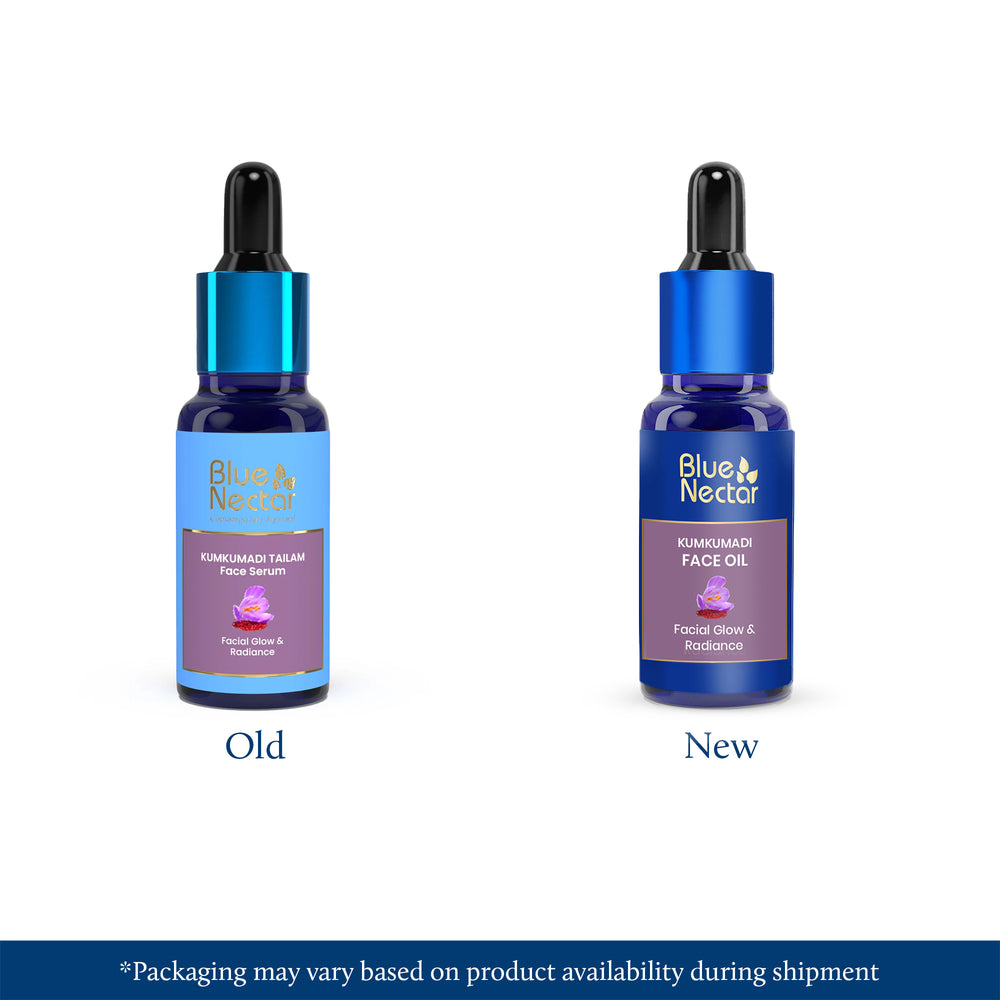
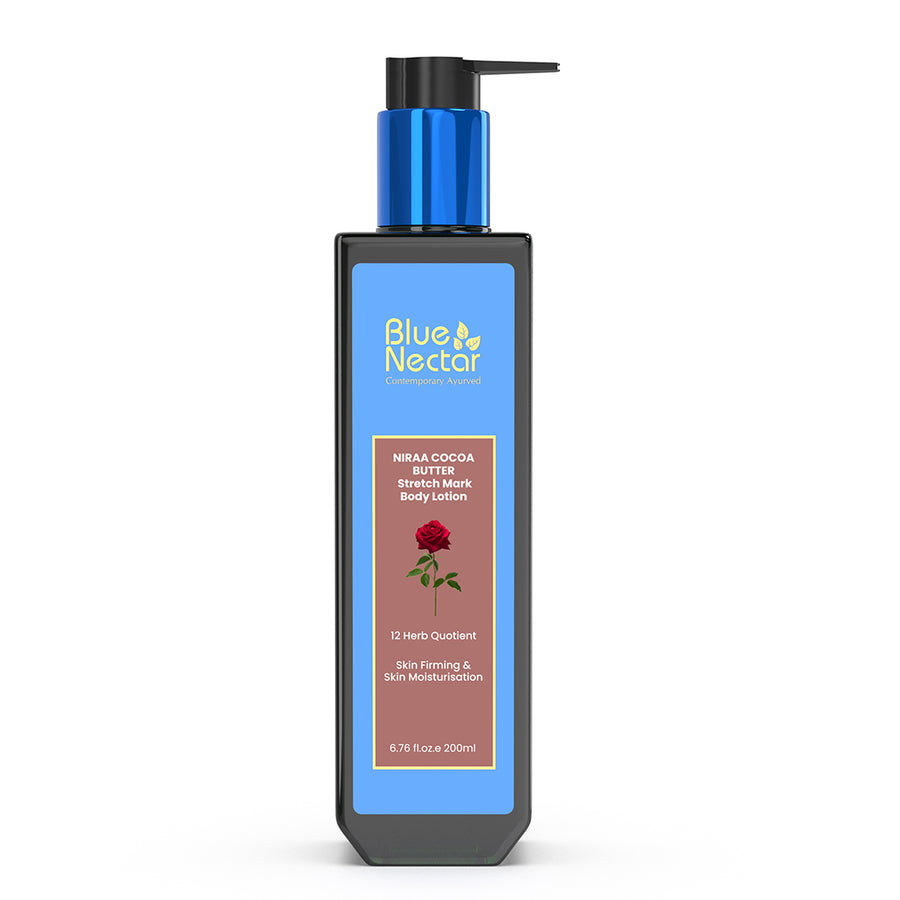
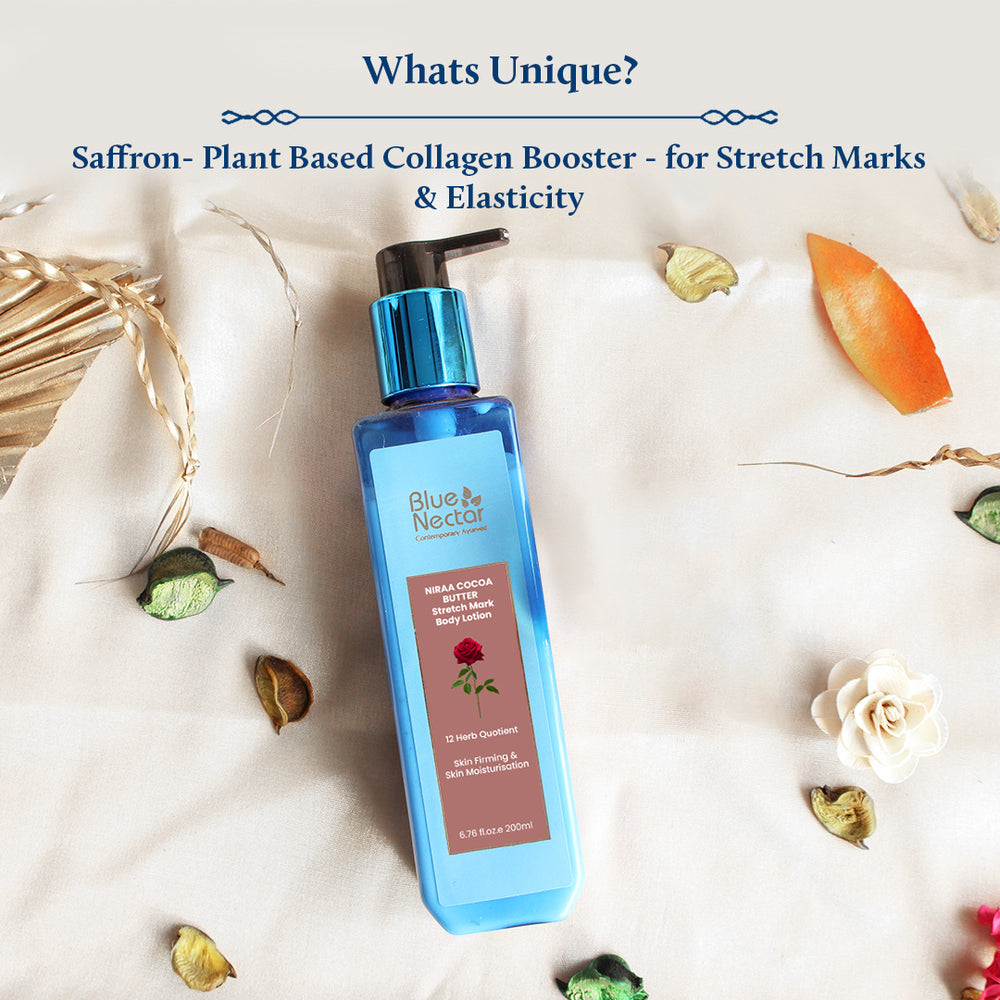
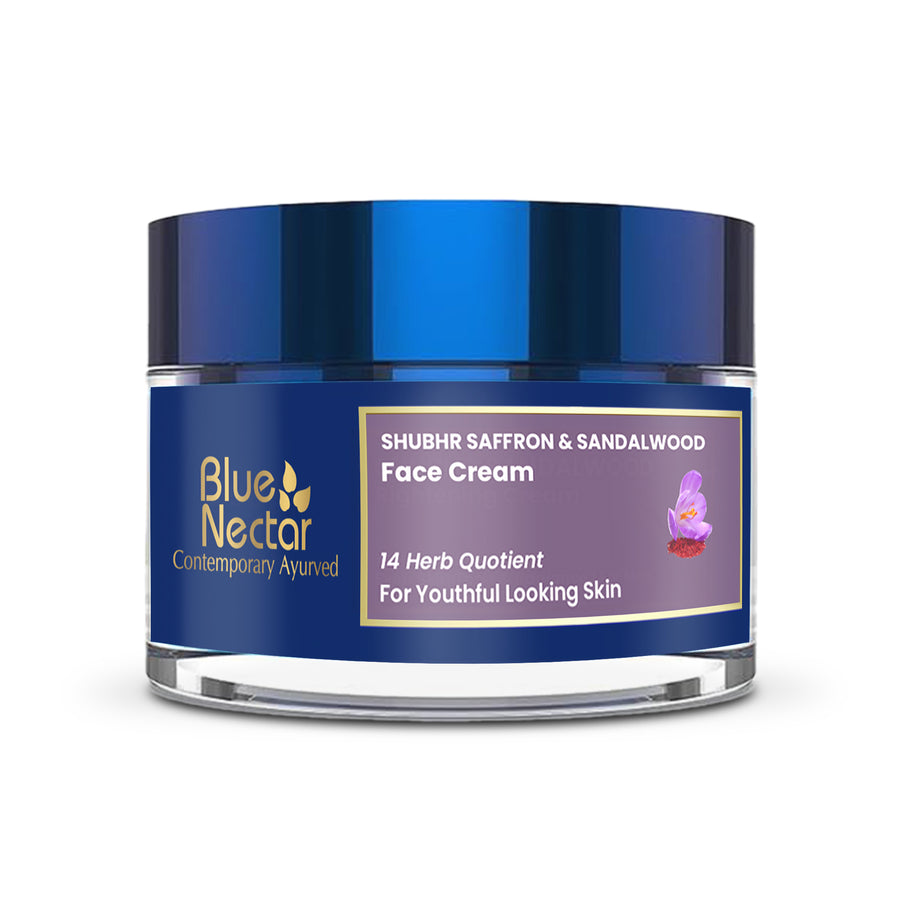
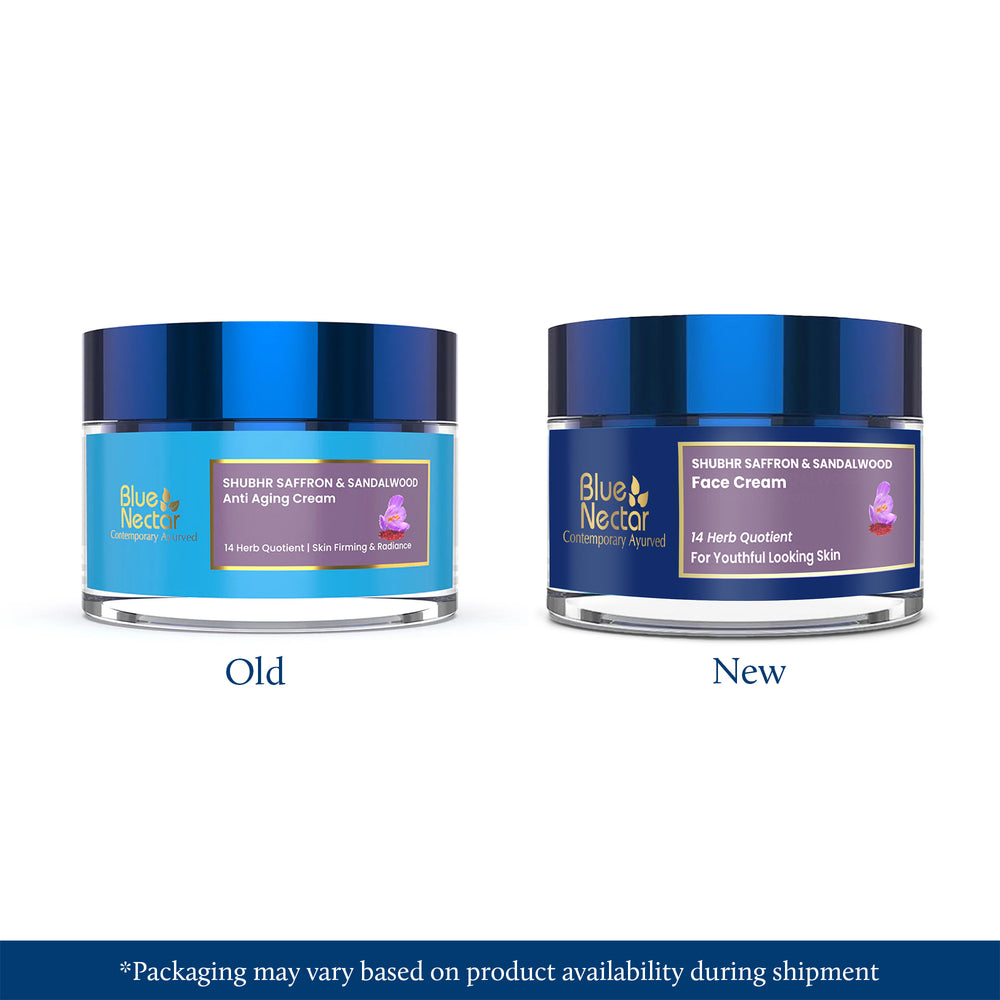
Leave a comment